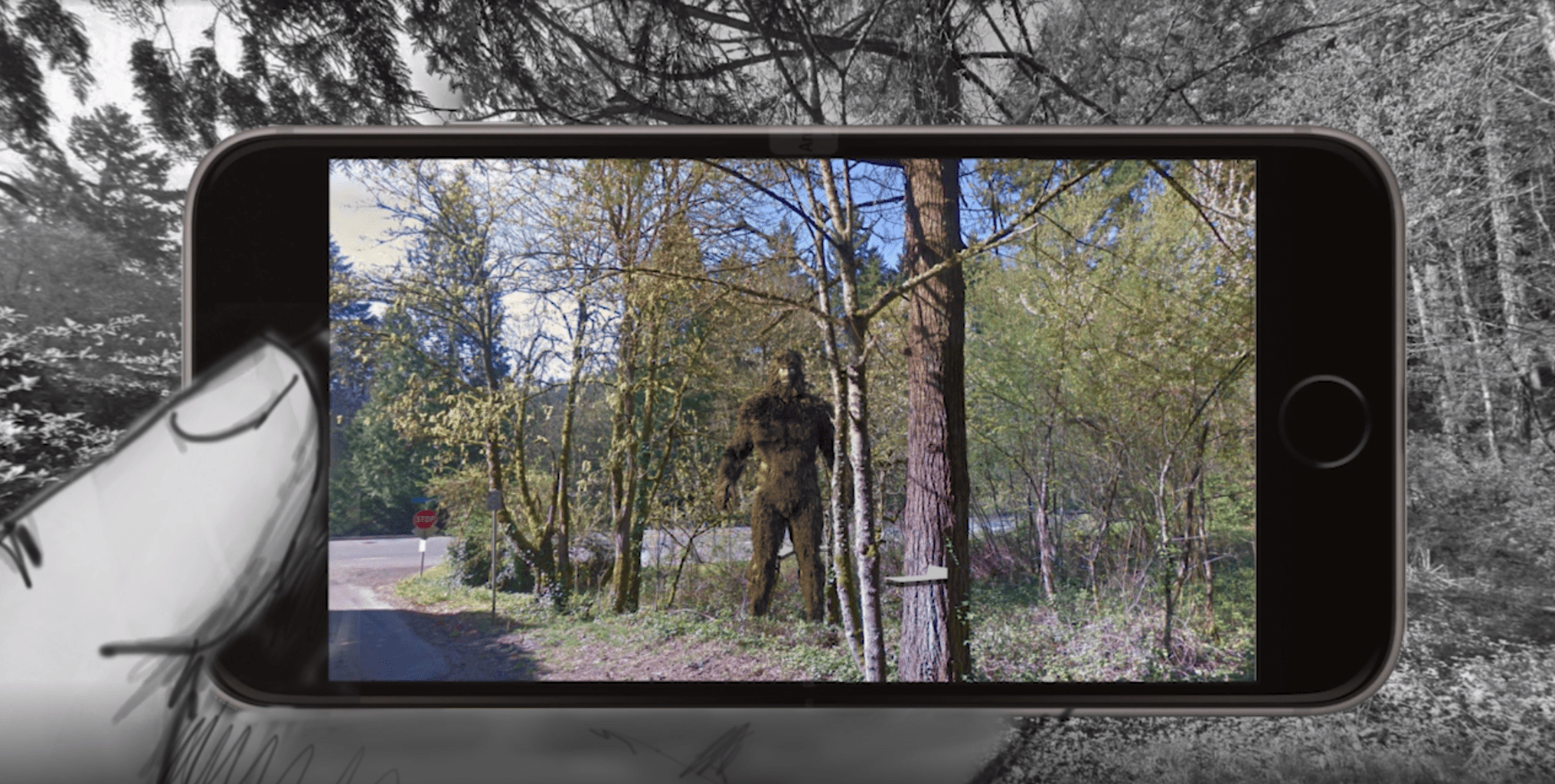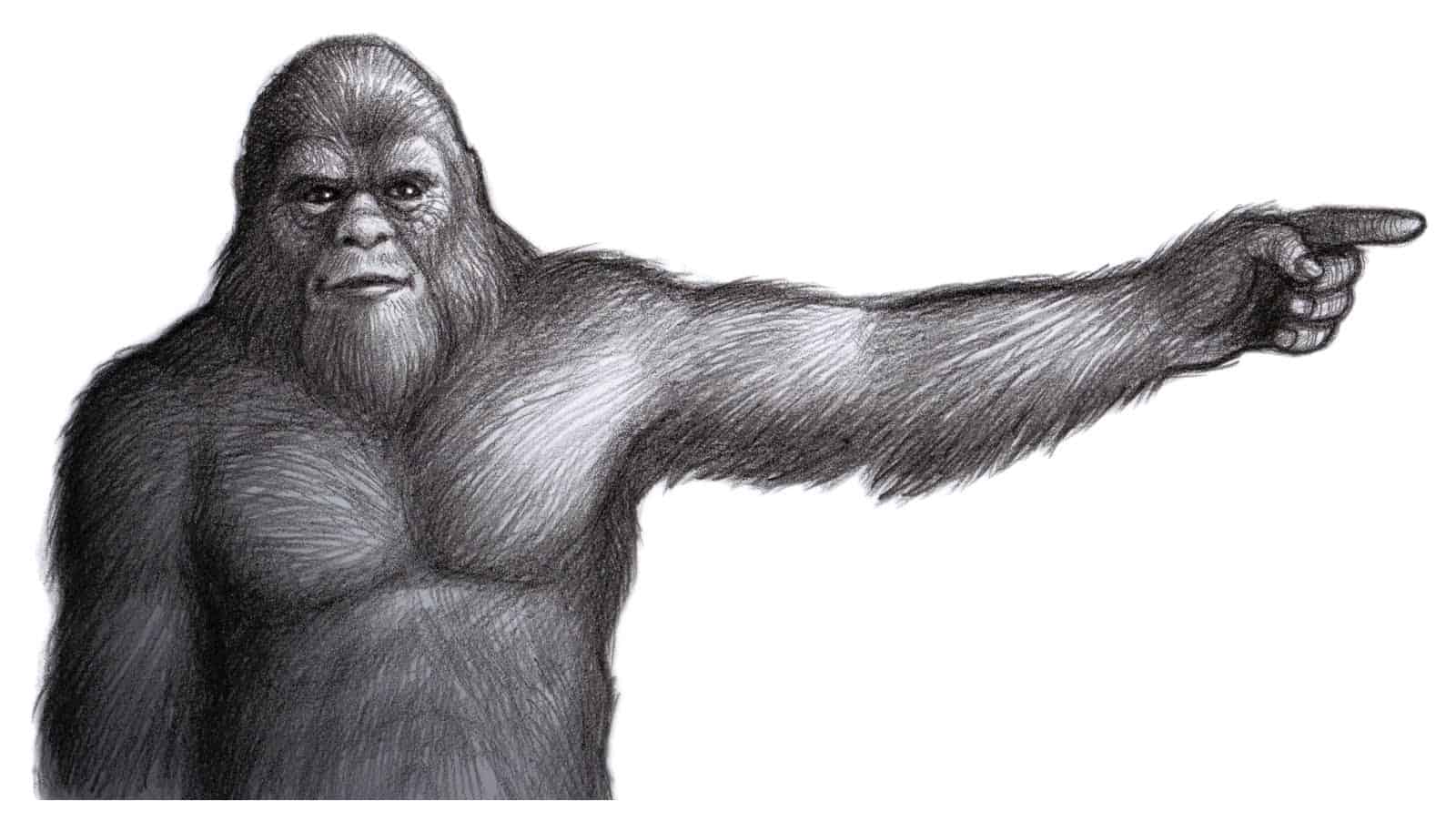I’m no scientist, but from what I’ve gathered from interviewing scores of them over the last five years, it’s not all it’s cracked up to be. Contrary to what some may believe, you don’t get to just create 8-foot-tall zombie men with bolts in their necks and go all Jekyll and Hyde whenever you want. You have to, like, deal with politics and shit.
In fact, it seems that many scientists are forced to spend their lives formulating ways to jump through bureaucratic hoops rather than formulating hypotheses—keeping their heads down while desperately trying to justify their existence by getting their names into academic journals and scrambling for funds.
“The saddest people on Earth are junior faculty hoping to get tenure at a university, because they’re forbidden to smile in public, crack jokes, or make eye contact, and they absolutely can’t be seen as being even mildly interested in tabloid stories,” Dean Radin writes in his 2017 book Real Magic. “It’s the kiss of death to put one’s twenty-plus years of education and training in jeopardy by being perceived as too sympathetic about controversial topics.”
So when it comes to Sasquatch, it seems the hoops a scientist has to jump through to study the creature are even wider, higher—and on fire. Or at least, that appears to be the case among some scientists brave enough to take the heat.
Even though it’s impossible to prove that Bigfoot doesn’t exist, and science holds that the absence of evidence is not evidence of absence—some scientists absolutely insist that Sasquatch can’t be real, says Jeff Meldrum, Idaho State anatomy and anthropology professor and author of Sasquatch: Legend Meets Science. Which is ironically un-scientific of them.
“I was faced with a colleague saying, ‘[Bigfoot] can’t exist; therefore, they don’t exist, and it doesn’t matter what evidence you think you have.’ And that’s a verbatim quote,” Meldrum says. “Where can you expect to get an equitable and objective review from an individual like that? They’ve already made up their mind.”





